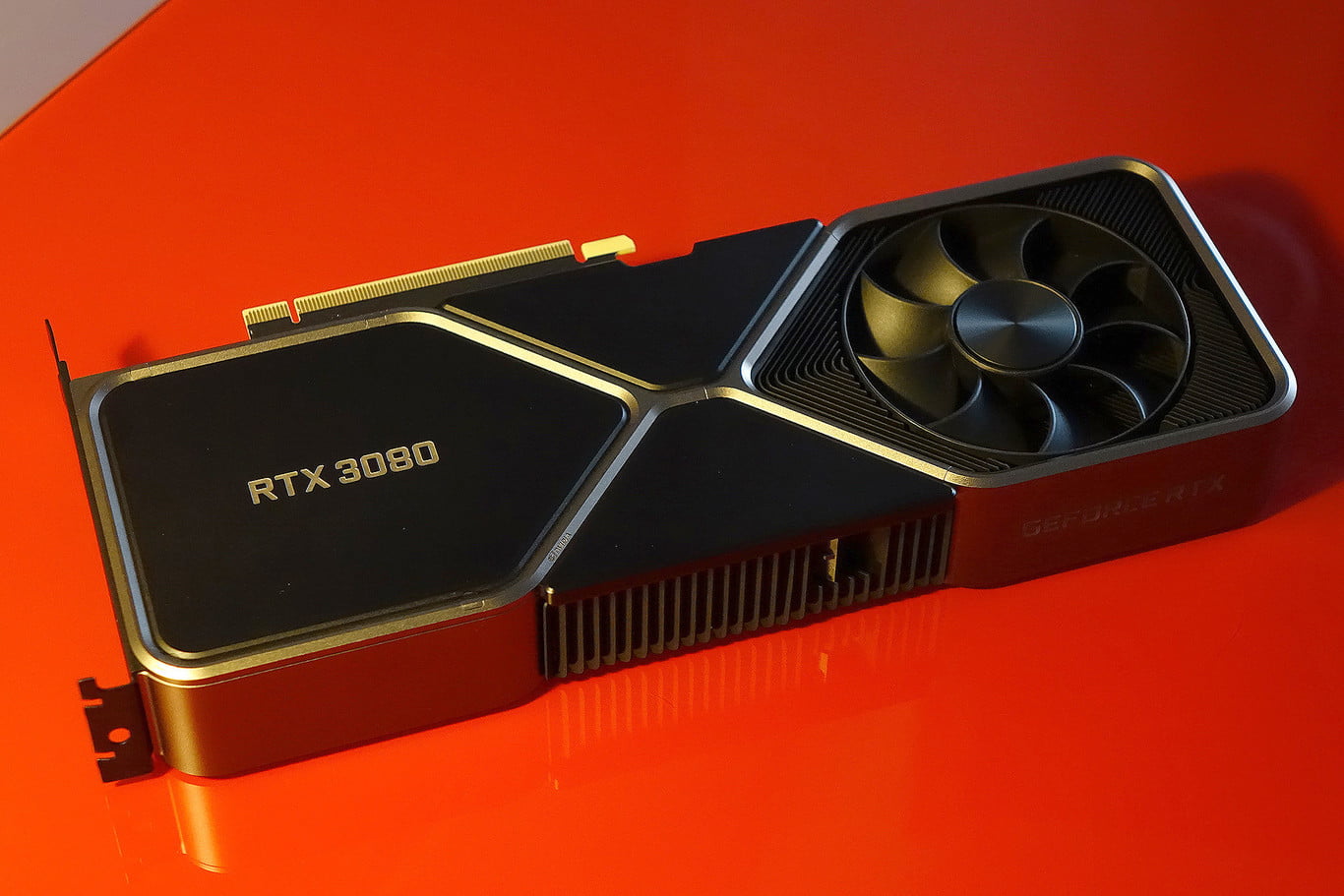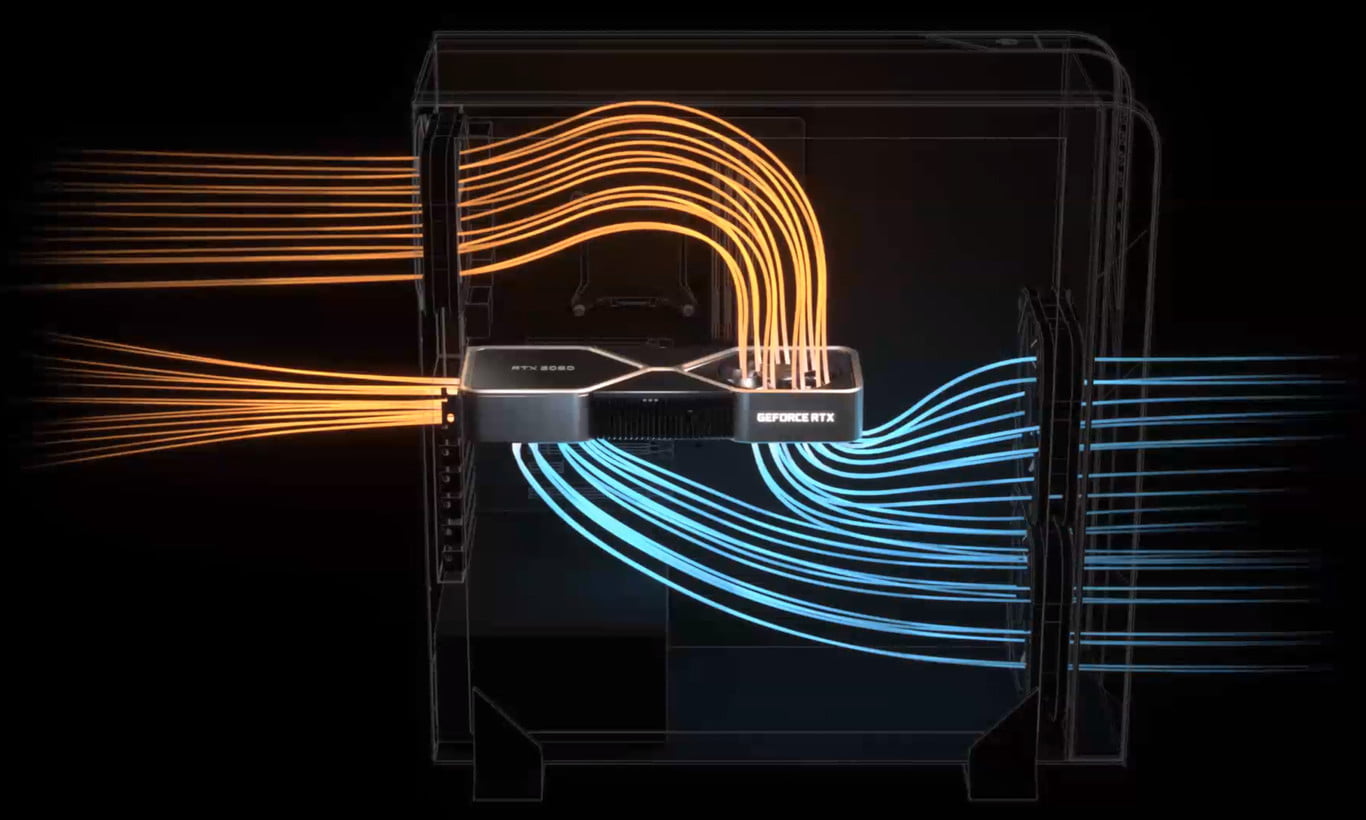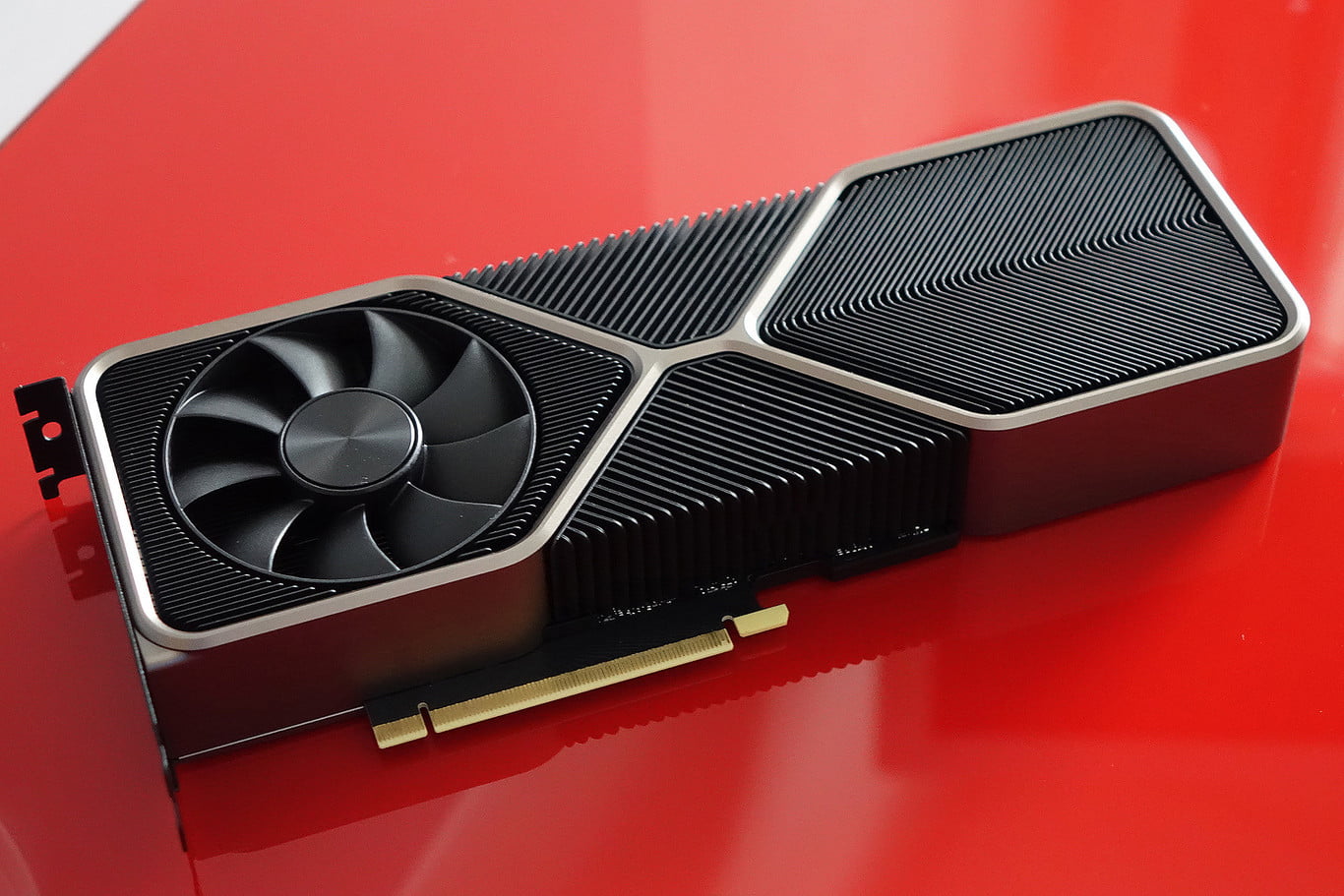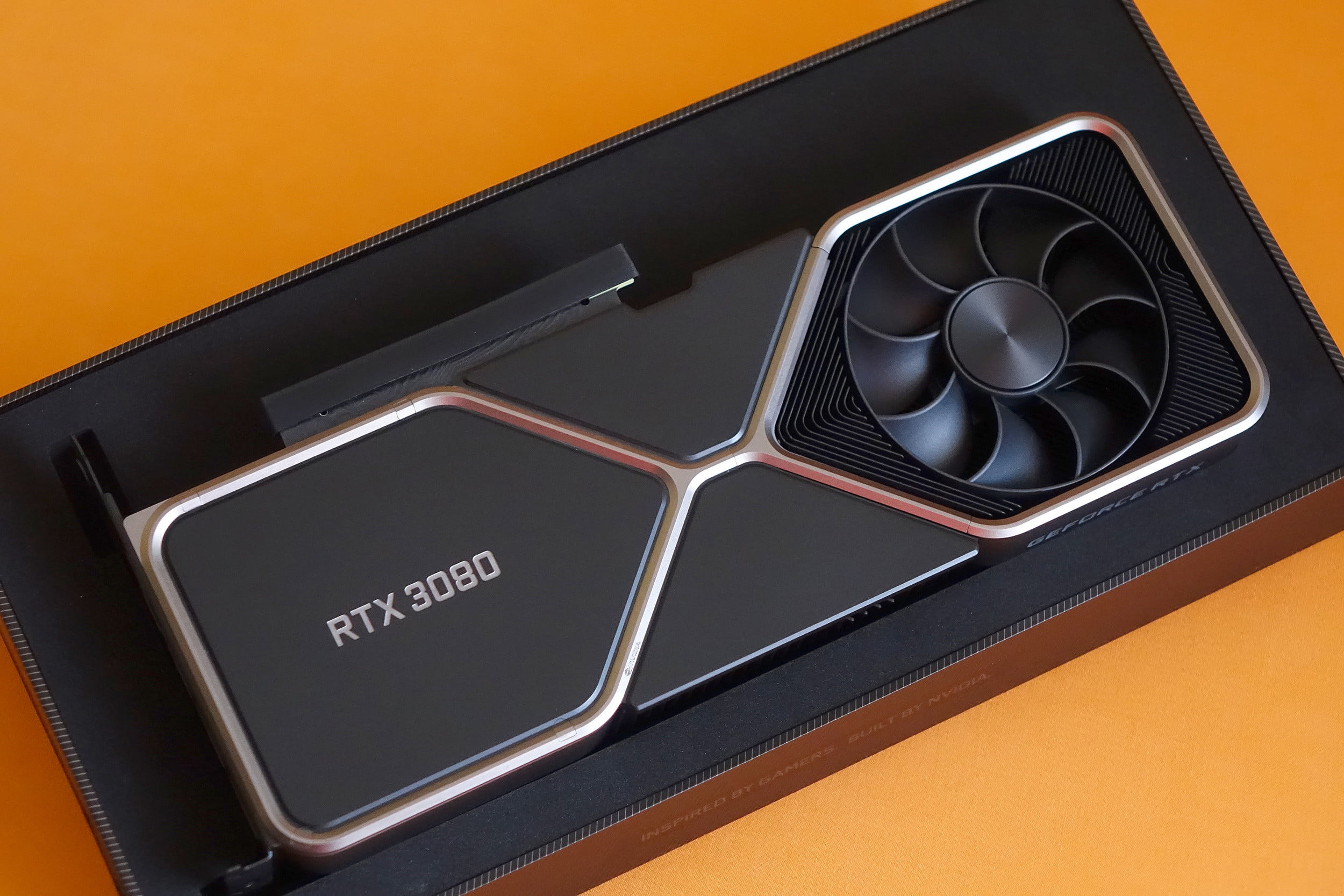Today we show you all of the GeForce RTX 3080 specifications you need to know. The performance boost that NVIDIA described when they introduced the new GeForce RTX 3000 graphics card is spectacular, let’s see all in detail.
The effort that a GPU must face to generate the images that we see on our monitor at such a high resolution using ray tracing rendering is enormous, so sustaining a cadence of at least 60 frames per second in these conditions is nothing easy. But according to NVIDIA, its Ampere architecture does it. This analysis will help us find out if this is true.

NVIDIA GeForce RTX 3080: technical specifications
NVIDIA has made a relatively unexpected, though not at all surprising decision: the production of its new GeForce RTX 3000 graphics card will be handled by Samsung, and not TSMC, which has been the semiconductor manufacturer that has produced its chips for several generations of GPUs.
The photolithography used in the new GeForce family graphics card uses the South Korean brand’s 8nm integration technology, which is likely derived from their 10nm FinFET lithography.
During the presentation of the GeForce RTX 3000 series, NVIDIA stated that their engineers have actively collaborated with Samsung technicians to refine and customize this integration technology. Even so it is interesting that they have not chosen to produce the new graphics card using the 7 nm extreme ultraviolet photolithography in which Samsung is already manufacturing some of its chips, such as the Exynos 990 processor that we can find inside the Galaxy S20 and Galaxy Note 20.
Samsung is in the process of producing the GeForce RTX 3000 family of graphics card using their 8nm photolithography, which, according to NVIDIA, has been specifically refined for these GPUs.
If we take a look at the table that collects the specifications of the new GeForce RTX 3080 we will see that its features are spectacular. It has more CUDA, RT and Tensor cores; more memory than its predecessor, and, also, GDDR6X type a more ambitious memory bus, more texture units. In summary the new GeForce RTX 3000 is amazing.
Ampere, the architecture implemented in these GPUs introduces improvements to increase the performance and efficiency of the new GeForce RTX graphics cards. And to achieve this, it is committed to solutions designed to solve specific problems that limit the productivity of the previous graphic cards of the GeForce family when they are forced to deal with a use scenario as demanding as the one posed by the combination of 4K resolution and rendering. It overcomes this problem by using ray tracing.
- Image shows Nvidia RTX 3090, RTX 3080 and RTX 3070 size
- GeForce RTX 30: Everything you need to know
- GeForce RTX 3080 beats RTX 2080 Ti in DOOM Eternal
These are the most relevant improvements introduced by NVIDIA in the graphics cards of the GeForce RTX 3000 family:
- They integrate a significantly greater number of CUDA nuclei. These cores are responsible for carrying out the complex calculations a GPU faces to solve, among other tasks, general lighting, shading, removal of jagged edges or physics. These algorithms benefit from an architecture that prioritizes massive parallelism, so each new generation of NVIDIA graphics card incorporates more CUDA cores. The GPU of the GeForce RTX 3080 graphics card that we are going to analyze in this article has 8,704 cores of this type.
- They incorporate more ray tracing cores. These are the units expressly in charge of assuming a large part of the computational effort required for rendering images using ray tracing, relieving other functional units of the GPU that are not capable of carrying out this work of this stress. in such an efficient way. They are largely responsible for the GeForce RTX 2000 and 3000 series graphics cards being able to provide us with real-time ray tracing. The GeForce RTX 3080 graphics processor has 68 2nd generation RT cores.
- They also have more Tensor cores. Like ray tracing cores, Tensor cores are functional units of hardware specialized in solving matrix operations that support high parallelization, but the latter have been expressly designed to efficiently execute the operations required by deep learning algorithms and computation. high perfomance. Tensor cores play an essential role in DLSS ( Deep Learning Super Sampling ) technology that we will talk about throughout this analysis. The GeForce RTX 3080 GPU has 544 3rd Gen Tensor cores.

- The graphics cards of the GeForce RTX 3000 family implement Reflex technology, which seeks to reduce latency throughout the entire signal channel to minimize the time lapse that extends from the moment we give an order from our keyboard or mouse until the instant it has an effect on the monitor. According to NVIDIA this innovation significantly reduces latency, especially when the resolution is increased.
- The new RTX IO technology allows the GPU to intervene in decompressing the data stored in the secondary storage unit to reduce load times and relieve the CPU of most of the stress imposed by this task. Decompression algorithms can take advantage of the inherent parallelism of graphics processors.
- The NVIDIA Broadcast application uses artificial intelligence to, according to its creators, improve our experience when we speak through a video call or broadcast live content. Its three main functions are to eliminate background noise, recreate a virtual background and act on the frame automatically.
- These are the first NVIDIA graphics cards capable of communicating with the other components of our computers through a PCI Express 4.0 link. However, they work perfectly on a motherboard with PCI Express 3.0 buses. In fact, the impact that the leap to the 4.0 standard will have from the graphics point of view is not yet clear because we will have to find out under what conditions a PCIe 3.0 link manages to saturate the graphics subsystem. A priori the CPU has a much deeper impact on performance with games, especially if we are looking for the highest possible frame rates.
- The GeForce RTX 3000 HDMI port implements the 2.1 standard. There is no doubt that this is great news because it will allow us to get more out of our PC when we connect it to a last batch television that also meets this standard. Welcome to the graphics with 4K UHD resolution with a variable frame rate of up to 120 fps (the panels of the most ambitious TVs work with a native refresh of 120Hz).
Here is the table that details the specifications of the GeForce RTX 3080 Founders Edition that we have thoroughly analyzed. We’ve also included the features of the GeForce RTX 2080 SUPER, its predecessor, for reference in the table to put the enhancements introduced by this new NVIDIA graphics card into context.

| NVIDIA GEFORCE RTX 3080 | NVIDIA GEFORCE RTX 2080 SUPER | |
|---|---|---|
| ARCHITECTURE | Ampere | Turing |
| TRANSISTORS | 28 billion | 13.6 billion |
| PHOTOLITHOGRAPHY | 8 nm Samsung (custom integration technology for NVIDIA) | 12 nm TSMC |
| CUDA CORES | 8,704 | 3,072 |
| RT CORES | 68 (2nd generation) | 48 (1st generation) |
| TENSIONER CORES | 544 (3rd generation) | 384 (2nd generation) |
| CALCULATION UNITS (CU) | 68 | 48 |
| LEVEL 1 CACHE | 192KB | 64KB |
| LEVEL 2 CACHE | 5MB | 4MB |
| MAXIMUM CLOCK FREQUENCY | 1.71 GHz | 1.81GHz |
| DEDICATED MEMORY | 10 GB GDDR6X | 8GB GDDR6 |
| MEMORY BUS | 320 bits | 256 bits |
| MEMORY FREQUENCY | 2,375MHz | 1,937MHz |
| MEMORY TRANSFER SPEED | 760GB/s | 496GB/s |
| SHADER TFLOPS (FP32) | 29.77 | 11.15 |
| TENSOR TFLOPS | 238 | 89 |
| PERFORMANCE RT | 10 Gigarrayos / s | 8 Gigarrayos / s |
| RT OPERATIONS | 78 RTX-OP / s | 63 RTX-OP / s |
| RASTERIZATION OPERATIONS | 88 ROP / s | 64 ROP / s |
| UNITS OF TEXTURE MAPS | 272 TMU | 192 TMU |
| TEXTURE RATE | 465 Gteels/s | 248 Gteels/s |
| PIXEL RATE | 164GP/s | 116GP/ s |
| DIRECTX 12 ULTIMATE | Yes | Yes |
| PCI EXPRESS INTERFACE | PCIe 4.0 | PCIe 3.0 |
| HDMI REVIEW | 2.1 | 2.0b |
| DISPLAYPORT REVIEW | 1.4a | 1.4 |
| DLSS 2.0 | Yes | Yes |
| BUSY SLOTS | two | two |
| GPU MAX TEMPERATURE | 93 ºC | 89 ºC |
| AVERAGE CONSUMPTION | 320 watts | 250 watts |
| RECOMMENDED POWER FOR THE POWER SUPPLY | 750 watts | 650 watts |
| POWER CONNECTORS | 2 x 8 pins | 6 pins + 8 pins |





